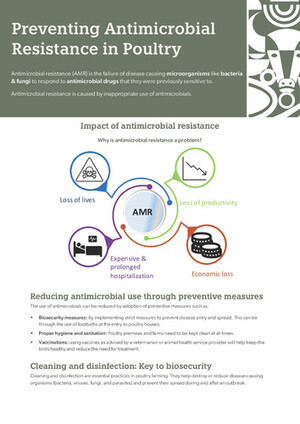
Antimicrobial resistance of Escherichia coli isolates from livestock and the environment in extensive smallholder livestock production systems in Ethiopia
Abstract
The objective of this study was to characterize the distribution of antimicrobial resistance (AMR) of Escherichia coli (E. coli) isolated from livestock feces and soil in smallholder livestock systems. A cross-sectional study was carried out sampling 77 randomly selected households in four districts representing two agroecologies and production systems. E. coli was isolated and the susceptibility to 15 antimicrobials was assessed. Of 462 E. coli isolates tested, resistance to at least one antimicrobial was detected in 52% (43.7–60.8) of isolates from cattle fecal samples, 34% (95% CI, 26.2–41.8) from sheep samples, 58% (95% CI, 47.9–68.2) from goat samples and 53% (95% CI, 43.2–62.4) from soil samples. AMR patterns for E. coli from livestock and soil showed some similarities, with the highest prevalence of resistance detected against streptomycin (33%), followed by amoxycillin/clavulanate (23%) and tetracycline (8%). The odds of detecting E. coli resistance to ≥2 antimicrobials in livestock fecal samples were nearly three times (Odd Ratio—OR: 2.9; 95% CI, 1.72–5.17; p = 0.000) higher in lowland pastoral than in highland mixed crop–livestock production systems. These findings provide insights into the status of resistance in livestock and soil, and associated risk factors in low-resource settings in Ethiopia.
Citation
Gemeda, B.A., Wieland, B., Alemayehu, G., Knight-Jones, T.J.D., Wodajo, H.D., Tefera, M., Kumbe, A., Olani, A., Abera, S. and Amenu, K. 2023. Antimicrobial resistance of Escherichia coli isolates from livestock and the environment in extensive smallholder livestock production systems in Ethiopia. Antibiotics 12(5): 941.










